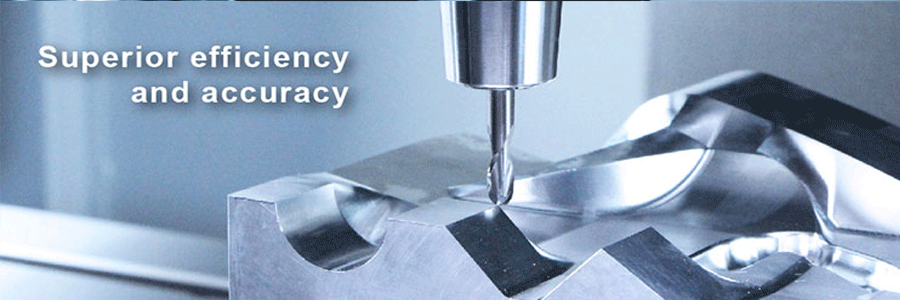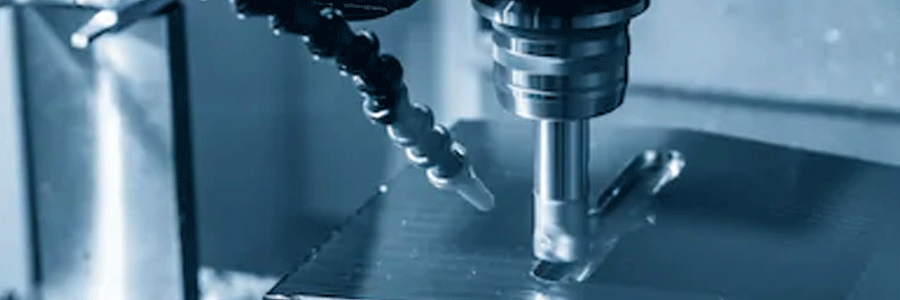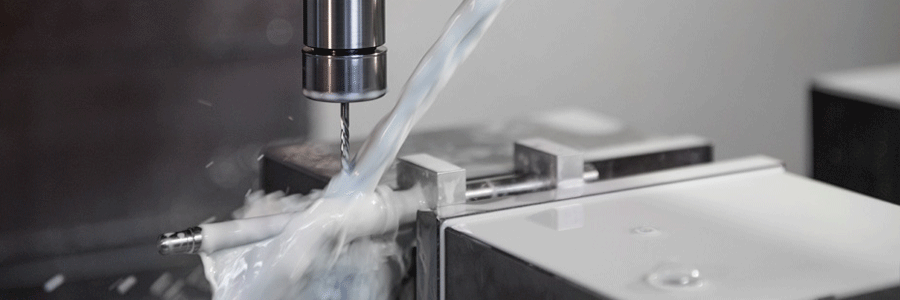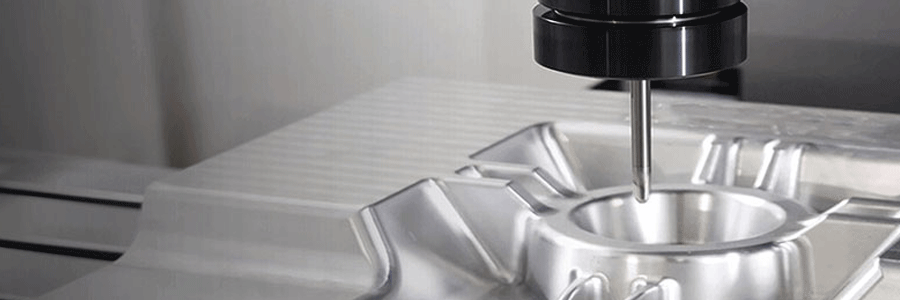Cnc processing factory handles part processing margin- PTJ Manufacturing Shop
cnc machining refers to the process of changing the size or performance of the workpiece by numerical control machinery. Many people understand differently. The current extensive processing techniques mainly include the use of lathes, milling machines, drilling machines, grinding machines, punching machines, Special mechanical equipment such as die casting machines are used to make parts.

CNC machining is mainly divided into two types, calm and hot working. The processing that does not cause chemical or physical changes of the workpiece under normal temperature conditions is called cold working. On the contrary, it is higher than or resistant to the normal temperature environment and causes chemical or physical materials to occur. The processing of change is called thermal processing. Calm in accordance with the processing methods are mainly pressure processing and cutting processing, literally not difficult to understand, stamping and cutting. Thermal processing mainly includes die casting, forging, welding and pouring.
Both hot and cold machining involve precision machining and rough machining, such as conventional die-casting and forging, which is generally rough machining. After rough machining, precision machining is performed by precision CNC machine tools. Before finishing, it is necessary to leave a margin. How does the machining manufacturer face the margin of parts processing?

Machining allowance
For the processing allowance, it will seriously affect the processing quality and processing efficiency of the product. For example, if the machining allowance is left too much, the workload of the machining operator will increase, and the machining efficiency of the machine will fall. The amount of waste generated is more, the material cost naturally goes up, and the power consumption of the tool and the consumption of the tool will bring the cost increase to the machining manufacturer.

Thickness of machining allowance
In the process of converting rough or semi-finished products into finished products, the total thickness of the metal layer cut off on some processed surfaces can understand the total processing margin of the surface. The thickness of the metal layer cut in each process is called the process. Machining allowance between. For the rotating part of the outer circle and the aperture, the machining allowance is measured by the diameter. Therefore, the symmetry margin is also known as the bilateral margin, that is, the actual metal layer removed. The thickness is half of the machining allowance on the diameter, and the margin for the plane machining is the margin on the one side. Therefore, the margin on the plane is the thickness that needs to be actually cut, and the aperture is half.

Machining margin error and surface defect
The purpose of leaving the machining allowance on the workpiece is mainly to cut the machining error and surface defects left in the previous process, such as the chill layer, the sand layer, the pore layer, etc. which occur during the casting process, and the forging The resulting scale, surface fracture, decarburization layer, internal stress layer after cutting and the layer with higher surface roughness improve the precision of the workpiece and control the roughness of the surface. The principle is to make the remaining layer as small as possible under the premise of ensuring the quality of the product. Under normal circumstances, the more precision machining, the smaller the margin of the process.
PTJ (MINGHE) Factory is based on the precision processing of optical, medical and communication equipment components, and develops the processing fields of automotive, aerospace, intelligent robots and office automation parts. The company is the first to pass ISO19001, ISO14001, IATF16949 and other quality management certifications and strict Execution, the company invested heavily in the introduction of advanced precision testing instruments in product quality control, mainly including two coordinate projectors, rohs spectrometers, three-coordinate detectors and other testing equipment, which has significant advantages in controlling product quality and product accuracy. The advantages.
|
PTJ Machining Capabilities |
|
Automatic Bar Machining – Multi-spindle cam automatic screw machines CNC Turning – CNC delivers peak cost efficiency in shorter volumes, as well as high capacity production of mechanically simple components Custom Machining - with up to 12 axes of control Multi Spindle Machining- ISO 9001:2015 certified Screw Machine Products – The number of customized production parts per hour can reach 10000pcs Swiss Machining – with up to 9 axes of CNC control, to produce precision components with complex geometries in one operation High Volume Machining – 100 Advanced Production Turning Bar Automatics On-line and Ready CNC Milling - Machining Fully compliant with the exacting requirements of our customers 5 axis (11 axis) Machining – Tolerance | 0.1mm alignment |
What Can we help you do next?
∇ Get more information about Cnc Machining Shop
→Case study-Find out what we have done.
→Ralated tips about cnc machining services
By PTJ Manufacturing Shop|Categories: Blog|Tags: cnc milling services, cnc turning services, milling parts, turning parts, machining parts, special parts,faqs,technical news,company news,material news |Comments Off
